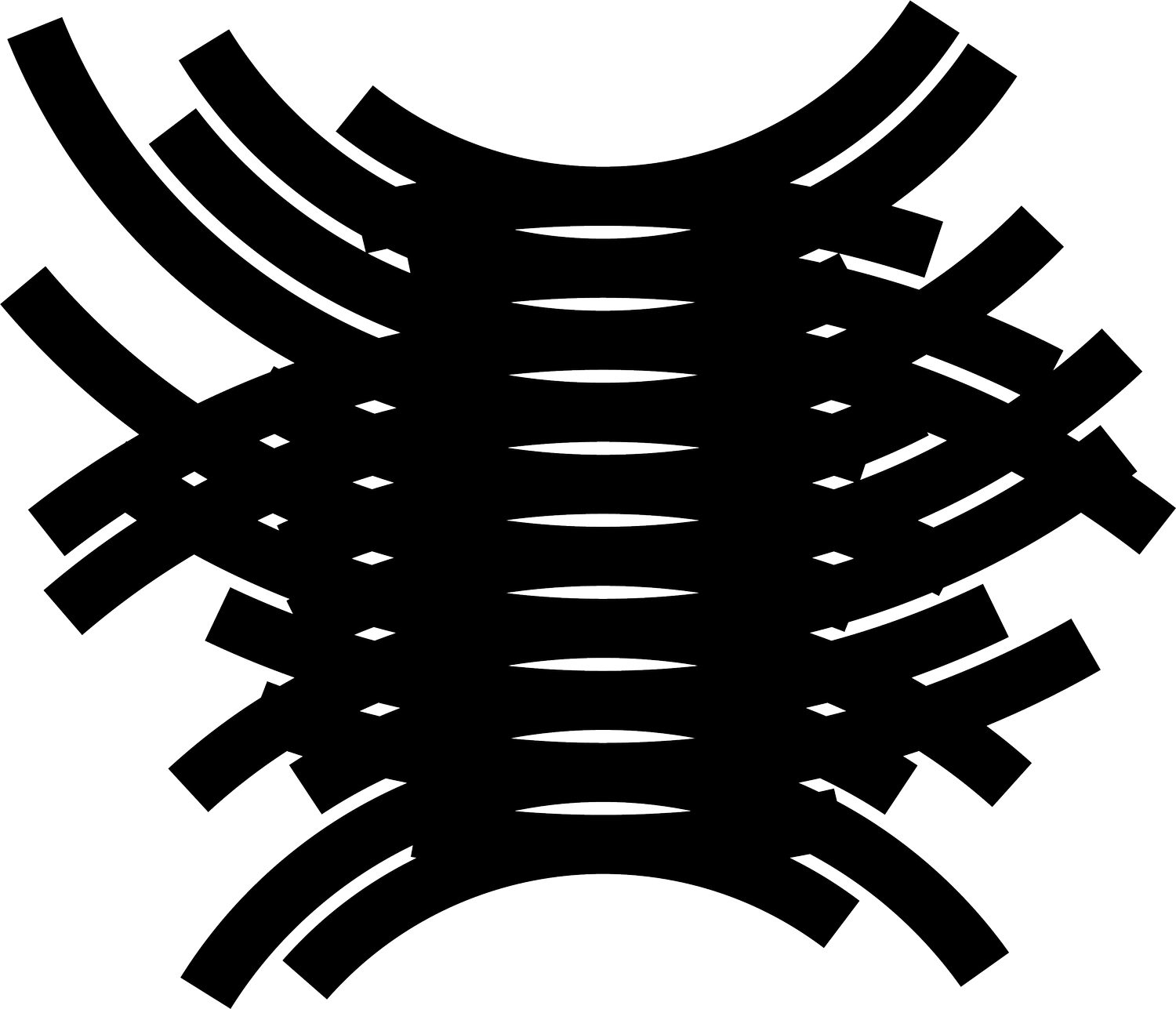Momentous: Cloudy, Later Rain
by Tomatsu Shomei
Appearing in Camera Mainichi, 1970 August
Editor’s note: In June 14, 1970, demonstrations were held outside the National Diet protesting the 1970 Anpo, an extension of the security treaty between the U.S. and Japan, first entered 10 years prior.
Japanese poets possess a sensibility refined to grasp the changes of the four seasons and craft a line. As it rains, as the wind blows, they deftly set down their words. Since long ago, the rain has been sung over and over by Japanese devotees of the arts.
It is well known that photography, which got is start late, learned many things from haiku. The monthly gathering of amateur photographers was an imitation of the tsukinami (月並) of the haiku society. (Trans. note: These were monthly gatherings of amateur enthusiasts to share their haiku.) Photography owes much to haiku, not only in the way we assign themes at the gatherings, but also in the way we take and view photographs. In the world of hobby photography, even now, rain continues to be a favorite motif. And with that, timeless photographs are created every day of every decade. Rain and night are similar in the sense that their vision is wrapped in a homogeneous membrane. I know of many beautiful and romantic photos of falling rain that are replete of sentiment.
However, I am not interested in such art photography. My interest is in the present moment in which I am living, which is neither yesterday nor tomorrow, but this moment, today, right now.
For example, it is the early afternoon of June 15, 1970. It is raining. It is a downpour. The town of Shinjuku is a haze behind the curtain of rain. What is relatively vibrant is the asphalt sidewalk underfoot, and the dance of the rain that’s coming down in streaks onto the wet road. I thought back to June 15, ten years ago. It was raining on the night of June 15, 1960, the day Kaba Michiko was killed near the south service gate of the National Diet. (Trans. note: Kaba Michiko was a student who participated in the 1960 Anpo Protests against the Security Treaty between the U.S. and Japan.)
The next day, when we demonstrated around the Diet building to protest the state’s violence, the sky was dark and the rain was falling steadily. On June 15 this year, it is just as rainy as it was a decade ago. But this year's rain is clearly different in volume from the rain of ten years ago. The June ’70 thunderstorm pounded the ground. According to the Japan Meteorological Agency, the amount of rainfall in the Kanto area from the 11th to the 19th alone is equivalent to the total amount of rainfall during the rainy season in a normal year. The world has changed in the past ten years. I, too, am not exactly the same person of ten years ago. Staring at the rain washing the ground beneath my feet, I think about the time of men who are living. People say there is no difference in the rain, but I cannot think of a photograph of rain as if it were a day in the life of a decade. The human gaze is, of course, wrapped up in time. Therefore, my photographs have a date.
June 14
June 15
June 14
June 14
June 12
June 15
June 15
Note: Camera Mainichi is a right-reading publication, meaning the page on the right-hand side precedes the page to its left. So, these captions when matched to the illustrations above, appear as follows: 2-1, 4-3, 6-5, 7.
Trans. note: In the first sentence, Tomatsu does not use the word “poet.” Rather he uses “person.” While in Japanese, Tomatsu’s intent to point to the average person would be understood by readers, in its English translation, it would invite a comparison of Japanese to others. To avoid that potential misreading, I’ve altered the wording. Also, macrons should be used in the photographer’s name, as in, Tōmatsu Shōmei, but for the sake of search engines, I’ve skipped doing so here.
1970年:くもりのち雨
東松照明
雅趣に富む日本人は、四季変化を敏感に捉えて一句ひねりだす。雨が降れば雨を、風が吹けば風を、たくみに筆舌に載せてしまう。雨は日本の趣味人によって昔から繰り返し繰り返しうたわれている。
遅れて出発した写真が、より多くを俳句から学んだことは人の知るところである。アマチュア写真の月例会は、句会の”月並”を真似たものであり、例会における課題の出し方にしても、また写真の撮り方や、観賞のしかたにしても、俳句に負うところが多い。趣味の写真の世界では、今でも雨の格好のモチーフである。そこでは、十年一日のごとく、時代を超起した写真がつくられている。雨と夜とは視界を等質の皮膜で包む点において似ている。降りしきる雨に情を託した、美しくロマンチックな写真を、ぼくは数多く知っている。
しかし実のところ僕は、そのような芸術写真に関心がない。僕の関心事は、ぼく自身の生きている現在、それは、昨日でも明日でもない、きょうの今、この瞬間である。
たとえば、一九七〇年六月十五日の昼下がり。雨が降っている。どしゃ降りの豪雨である。雨のカーテンの向こうに新宿の町がボーッとかすんで見える。比較的明るいのは足元のアスファルト歩道で、ぬれた道路に雨足が激しくおどっている。ぼくは、十年前の六月十五日を想いおこす。一九六〇年六月十五日夜、樺美智子が国会南通用門付近で殺されたあの日も雨が降った。
翌日、ぼくたちが、国家暴力に抗議して議事堂周辺をデモったとき、空は暗く閉ざされていて、しとしとと雨が降り続けていた。今年の六月十五日は、十年前と同様に雨である。しかし、今年の雨は十年前の雨とは明らかに質量が違っている。七〇年六月のドカ雨は激しく地面をたたいている。気象庁の話では、十一日から十九日までの関東各地に降った雨量だけで平年の梅雨期間中の総雨量に匹敵するという。この十年前で世の中はかわった。ぼく自身も十年前とまったく同じではない。足元に地面を洗う雨を凝視しながらぼくは今、生きている人間の時間について考えている。雨に違いはないと人はいうが、ぼくは、十年一日のごとき雨の写真を考えることはできない。人間のまなざしには当然のことながら時間がまといつく。したがって、ぼくの写真には日付がつくことになる。
6月14日
6月15日
6月14日
6月14日
6月12日
6月15日
6月15日




